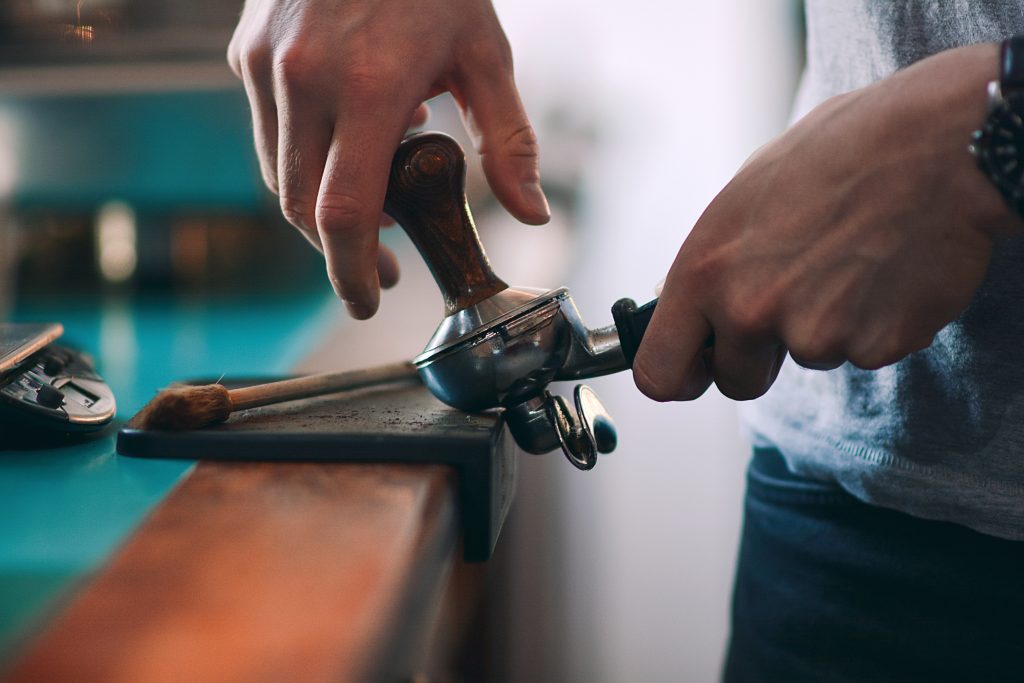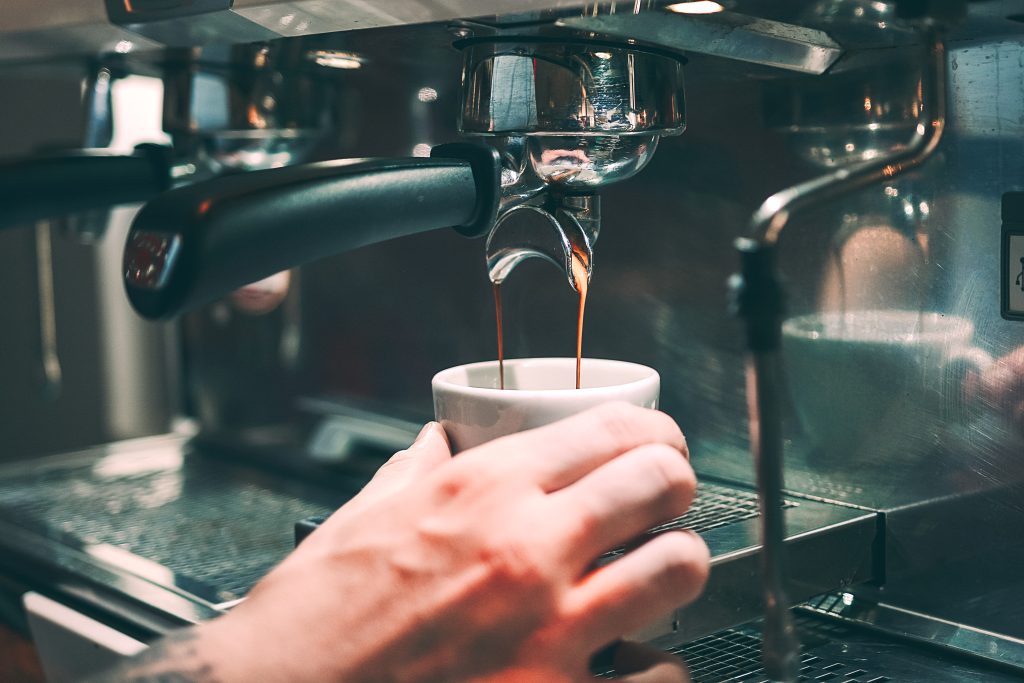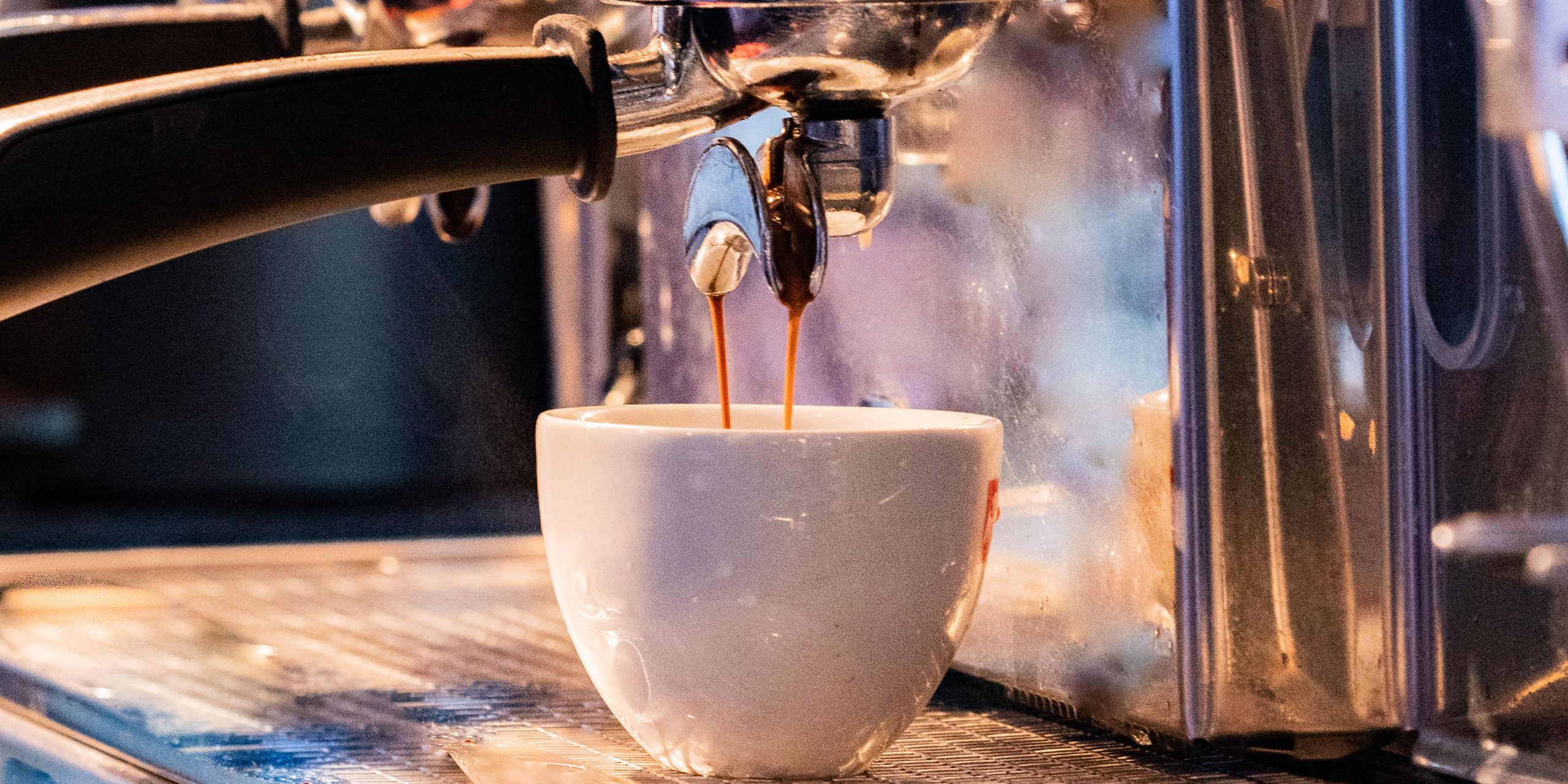Read Time: 6 minutes |
We share the secret of perfect espresso from our barista course
| By Cameron Mowat
Of all the different styles of coffee serves out there, is there any more iconic than the classic espresso?
Espresso forms the backbone of most of the popular coffee serves like the Cappuccino, Latte and Flat White, so it’s important for anyone that makes coffee, from enthusiast to barista to always get it right.
Luckily, coffee nerds have been testing and perfecting the espresso to a fine art for over 100 years. Espresso literally means ‘pressed’ referring to the brewing method of using pressure to push water through ground coffee to extract the flavour. The tradition originates from Italy, where many claim the best espresso in the world is still made.
At our Barista School the perfect espresso is a big focus of our barista course. With a foundation of knowledge and skill based on pulling the perfect espresso you can be sure your coffees will never disappoint. After mastering the espresso it’s just a question of practice to crack milk foaming and latte art.
It’s important to note that ‘perfect’ here means perfect for your personal tastes or the standard of the cafe that you work in. There is no universally accepted ‘perfect espresso’. It, like all things in food and drink, is a matter of preference.
With that being said, let’s dive into the 4 main things to consider when creating the perfect espresso!
Coffee Choice

Coffee has one of the most complex flavour wheels of any product. With the rise of specialty coffee, the different flavours that can be extracted from the bean continue to get more and more profound.
The first choice you must make is the type of bean you want to use. There are 4 types of coffee bean:
- Arabica: the world’s most popular bean, with a sweet fruity characteristic that the majority of people will enjoy.
- Robusta: the strongest and most bitter bean, lacking in notable sweetness and with dominating earthen and woody notes.
- Liberica: a lighter, fruity and floral bean that is considered a rare treat due to low global production.
- Excelsa: technically a Liberica family bean, however with a unique and highly sought after profile with tart fruits and both light and darker flavours.
After picking your bean you must then turn to the region. Each region has its own ‘characteristic’, from the climate to the soil to the harvesting practices, no one place grows coffee in exactly the same way. This allows for a complex tapestry of different flavours of the same bean according to where they were grown. It’s up to you to find your preference or that of your customer. For example: we tend to favour Colombian Arabica or Vietnamese Robusta.
Finally you must choose your roast. Coffee is roasted to transform it from the green bean into the aromatic form that we use for our drinks. Roasting has a serious impact on the final flavour of the coffee, with lighter roasts maintaining the unique flavour of the beans origin and a higher caffeine content, while dark roasts tend to taste more smokey and less acidic profiles. Choosing the roast that works best for your choice of coffee is crucial in achieving that perfect espresso.
Machine Type

There are a multitude of espresso machines on the market to choose from. The first espresso machines as we know them today came into being around the beginning of the 20th Century, invented by a man named Luigi Bezzara, a Milanese inventor. This is part of the reason that we chose three classic Italian espresso machines for our barista school and coffee course.
Depending on where you’re making coffee, at home or in a coffee shop for example, the type, size and quality will often differ. The most important thing is to understand how your machine pumps water through the ground coffee and how it controls temperature. Generally speaking a good quality machine will allow a specific pressure and water temperature. This will allow you to adjust your pulls and fine tune according to: the coffee you’ve chosen, the grind consistency and the dose.
A note here: many machine manufacturers point out that most people when they buy an espresso machine, they will focus more on the machine itself rather than its natural companion – the grinder. Choosing a quality grinder is just as important for the sake of getting consistently good quality espressos. They allow for the use of freshly ground coffee which is always superior, allow for a consistent grind size and allow you to change your grind consistency according to the type of machine you use.
Grind Consistency & Dose

Grind consistency is the size of the coffee grounds from your grinder. As the grounds are packed into a portafilter to allow water to be pumped through, their size will determine the speed at which this process happens. The bigger the grounds the more space there will be between them, meaning that the water will pass through quicker. The smaller they are the slower this happens.
A good rule of thumb here is that the faster water is pushed through the coffee the more sour the espresso will taste. The slower the water the more bitter the espresso will taste. Achieving that middle ground, or the balance according to your personal preference is key.
After finding the right grind consistency you need to find the correct ‘dose’. The dose is the weight of the coffee that you use. The dose is important because knowing it means you won’t over or under fill your portafilter and therefore won’t interfere with the speed of pour that you have achieved by finding the correct grind consistency.
Brew Time & Yield

Now that you know what coffee you want to use and its consistency and weight, you finally need to know how much coffee you want in your shot of espresso and how long you want the water to be pumping through your coffee grinds.
The yield is literally the amount of liquid you want for your espresso. Generally speaking the more liquid you have the ‘stronger’ the coffee will be in terms of both quantity and flavour from extraction. There is a school of thought that too much coffee in a shot will be perceived as ‘too weak’, while too little is considered ‘too strong’.
The brew time is affected by pressure, grind consistency, dose and desired yield. Setting this time to give you the right amount of extraction of flavour is key to consistently top quality espresso. If your dose and yield are already set then the brew time should naturally reveal itself if you’re happy with the espresso you poured, however you need to monitor it for signs that something is wrong. If your brew time is too fast it means your grind consistency is too coarse and you can expect those sour flavours, too slow and the dose is too high or your grind consistency is too fine and you may get too much bitterness in your espresso.
Once you’ve found your preferred coffee, got to grips with your machine, picked the correct grind and found the perfect brew time you’re ready to start pulling perfect espressos!
Now it’s time to get creative. Explore different coffees and start building a portfolio of different pulls for different expressions of this unique and wonderful product that keeps spirits high worldwide.
From there, the other styles of espresso based coffee are just a step away. If you’re looking for a space to train as a barista, master the art of milk frothing and practice your latte art, then our barista course is what you’ve been looking for.
Here’s to raising the quality of coffee worldwide and perfect espresso every time!

